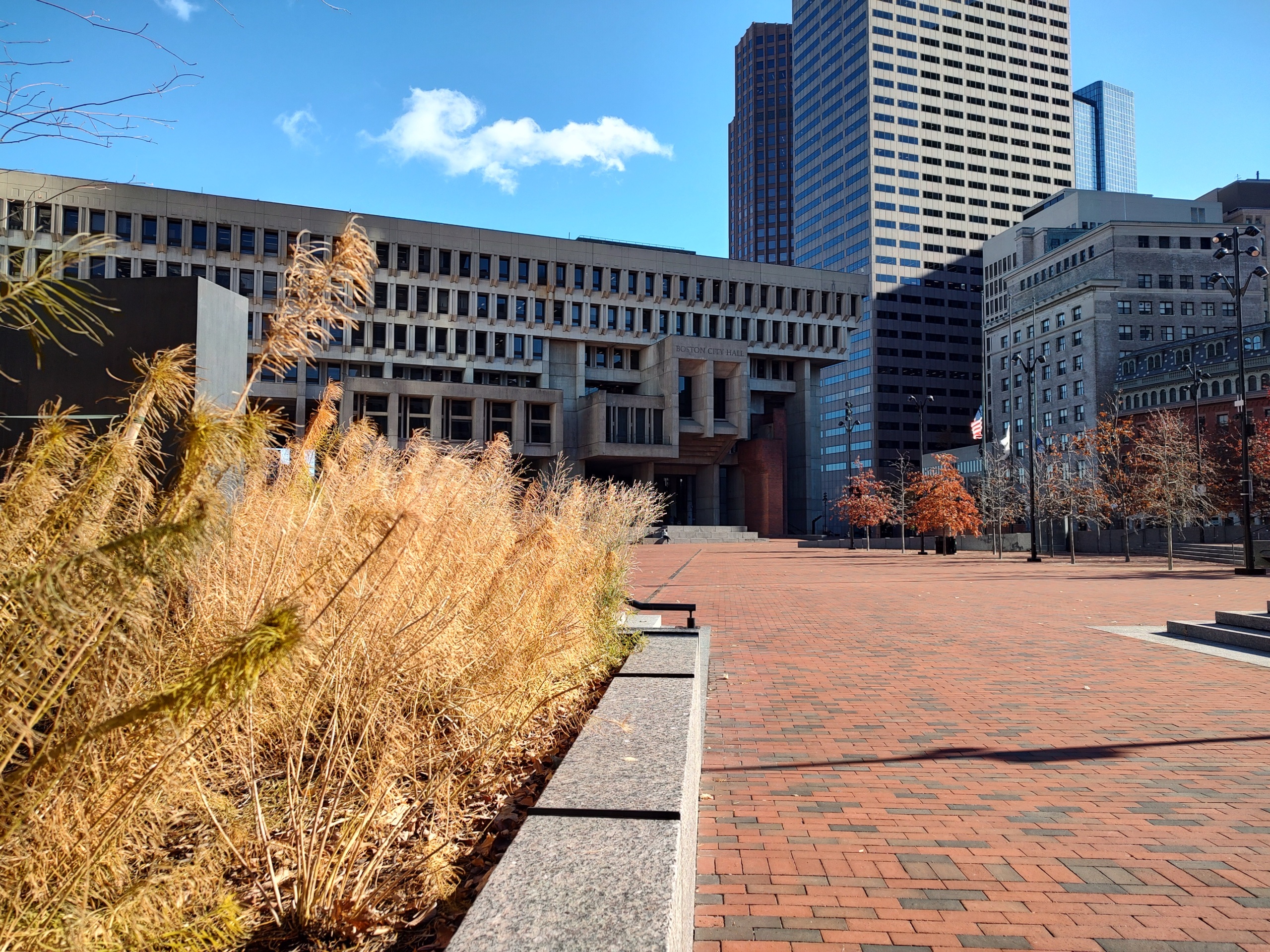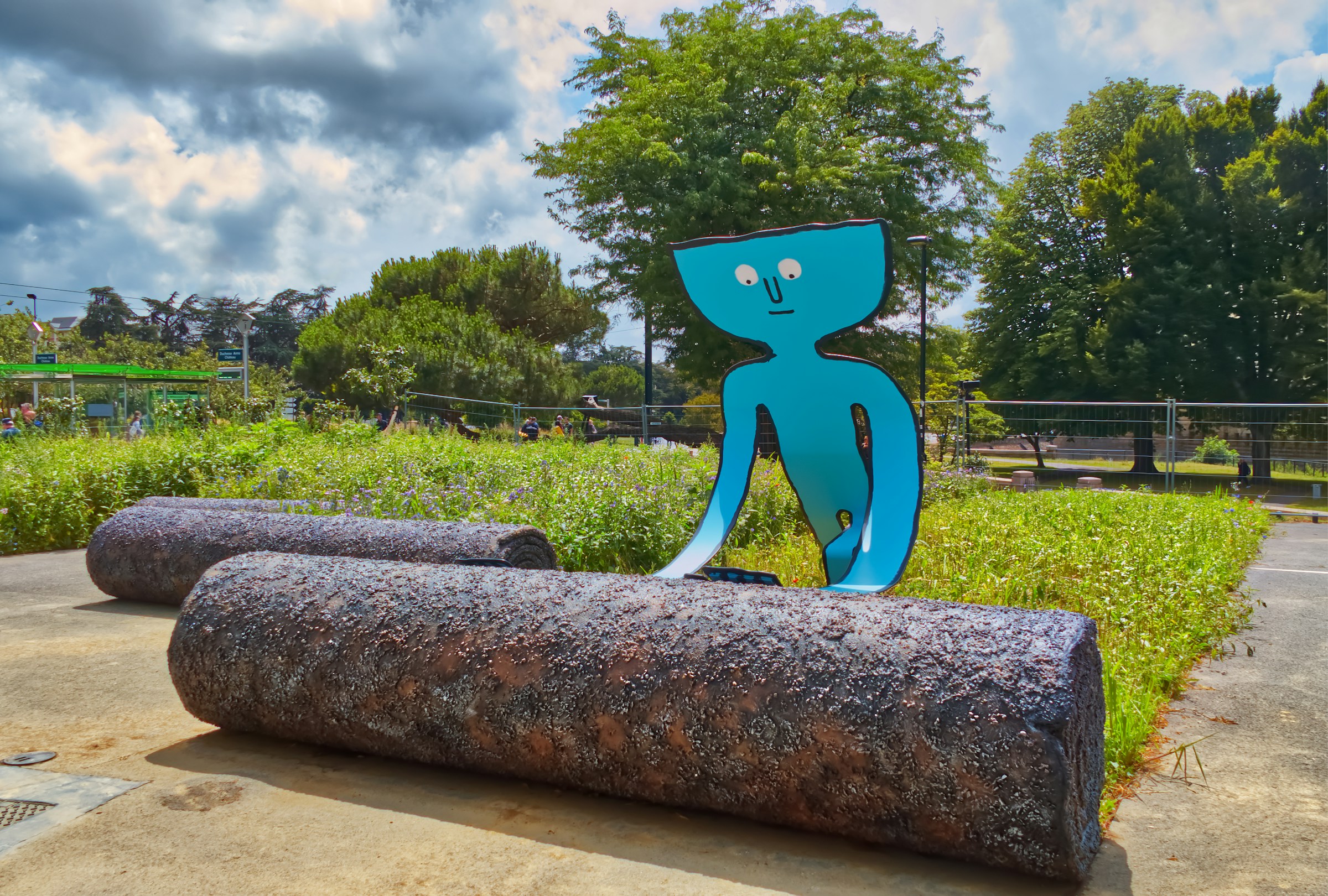
From gray to green: How (and why) to depave
Addressing the challenges of the 21st century requires incorporating nature into the urban planning of the future – and that begins by correcting the mistakes of the past.
Rampant urbanization across the world over the last century has seen countless millions of square miles of natural land paved over with concrete, asphalt and other impermeable materials – and it’s causing immense damage.
Among other things, these surfaces – roads, parking lots, buildings, driveways and other elements of urban infrastructure, many of them built to accommodate a transportation system organized around the automobile – cause major disruptions to natural hydrological processes. With rainwater unable to soak into the ground, increased surface runoff leads to more frequent and severe flooding events, impedes groundwater recharge, prevents the natural filtration of pollutants and thus impacts water quality and damages aquatic habitats and ecosystems.
The loss of natural surfaces is also a big contributor to rising temperatures in our cities, exacerbating the urban heat island effect and the myriad health impacts that come with it. In common with much of the rest of the world, U.S. cities have seen a sharp increase in heat-related deaths and other conditions in the scorching summers of the last two decades, and as temperatures rise and heatwaves become more frequent and severe, it’s only going to get worse.
In short, what began as a way of meeting the needs of the 20th century has become an obstacle to addressing the challenges of the 21st, threatening cities’ ability to remain livable places capable of withstanding the effects of a changing climate.
Depaving: An emerging movement?
As a result, more and more cities around the world are beginning to question whether all this pavement is really necessary. And where the answer is “no” – which it very often turns out to be – might there be gains to be made from de-paving?
A close look at pretty much any urban area will reveal plenty of impervious surface that simply doesn’t need to be there – from tiny patches of ground like redundant pieces of sidewalk and abandoned lots to schoolyards, nurseries, parking lots, public squares, extra lanes on roads that are never used, parking spots on streets where no one ever parks, and so on. And it’s not just public spaces. How many of us have paved yards? And why? Do they really need to be paved?
People have been asking these kinds of questions for years – the Green Guerilla movement, for example, formed in New York City in the 1970s, promoted the revegetation of neighborhoods through direct action by local residents, and neighborhood groups in many cities have repurposed unused pavement for community gardens and other green spaces over the years. But the idea of removing unnecessary impervious surfaces from our cities is increasingly now shifting from the margins to the mainstream.
Spearheading these efforts, the Oregon-based nonprofit Depave, which emerged from a neighborhood association in Portland in 2008, has worked with schools, social service organizations, local businesses and other entities to implement depaving projects across the city (as well as running events and courses for other groups hoping to emulate its work). In its first five years, the organization claims, with the help of more than 700 volunteers, Depave organized the removal of some 94,100 square feet of unnecessary paving (roughly equivalent to around two football fields).
Elsewhere, rising temperatures have prompted communities in Los Angeles to explore de-paving as a way of combating the urban heat island effect and improving soil quality (the city’s 2021 “Healthy Soils Strategy” recommends research into “unpaving underutilized spaces and using them for composting/mulching operations and/or to create healthy soil.”) The need to enhance water quality, bring down temperatures and improve stormwater management has led other cities, including Seattle and San Francisco, to explore the possibilities of depaving.
In some places, the idea of getting rid of unnecessary pavement has become more formally embedded in local policy frameworks. Tacoma, Wash., for example, is one of several communities in the Puget Sound area that have implemented depaving projects as part of broader sustainable urban planning efforts, focusing on reducing impervious surfaces and promoting environmental resilience. Similarly, in 2023, the Sustainability Department at St. Louis Park, Minnesota, through its new Depave SLP initiative, began offering financial reimbursement to property owners for removing pavement and replacing it with vegetation, with the aim of bringing down temperatures, reducing flooding and improving air quality.
Other cities have been more creative with their incentives. A couple of years ago, Rotterdam and Amsterdam in the Netherlands – both cities with a longstanding affinity for tiled gardens – went head to head in a “tile-popping” competition to see which city could remove the most tiles from its gardens, part of a larger green initiative that tapped into an age-old rivalry between the two cities to rile their residents into reshaping their own neighborhoods (Rotterdam won, with a total of 47,942 tiles).
From resident activism to community engagement
Elsewhere in Europe, some years ago the local council of the Montchat district in the French city of Lyon began having conversations about de-concreting their neighborhood with the aim of encouraging the spread of biodiversity by opening up new areas of natural ground and establishing ecological connections between existing green spaces.
The result of those conversations was the formation of a group of residents who set about mapping every square meter of concrete in the neighborhood and the uses associated with it in order to identify spaces that could feasibly be turned back into open ground. Their findings were then presented to the local authorities to form the basis of an action plan to remove all the concrete identified as unnecessary and then plant and maintain those spaces.
Elsewhere in France, in 2022, after several summers of record-breaking temperatures, the city of Nantes adopted its “Plan plein terre” (Open Ground Plan) to “reduce mineral surfaces [and] restore natural, permeable soils, while increasing tree cover and vegetation across the city.” Nantes has set itself the target of vegetating at least seven hectares of land by 2026, increasing the area of open ground by 15 to 25% and increasing the number of trees in the city by 50%.
* * *
Both the Nantes and Lyon initiatives – and others throughout France, such as the nonprofit Bleu Versant de la Rochelle, which in 2020, funded by the Loire Bretagne Water Agency, launched a depaving program called Under the Tarmac, the Ocean! with the aim of improving water quality – have a strong participatory dimension, actively involving residents in project planning and implementation.
Cross-sector partnerships between individuals, neighborhood groups, nonprofits and local authorities have been a consistent feature of depaving projects and provide one template for how to begin unlocking the potential of nature in urban areas. Public funding, as well as policy-level changes in land use regulations, transportation and other spheres – e.g., promoting high-density development and non-auto modes of transport – can provide an important boost to citizen-led endeavors, and vice versa.
An obvious place to start, policy-wise, might be to rethink some of the infrastructure built in the 20th century that may not meet the needs of the 21st. The need for certain features of the urban landscape designed to serve the needs of a car-based transportation system, for example – parking lots, and even some roads – could gradually diminish if cities were to adopt policies conducive to more compact, transit-oriented development and walkable and bike-friendly neighborhoods. (Right now, roughly 30% of all urban surface area in the U.S. is taken up by roads and parking lots, and in some cities more than double that.)
As cities expand and the impacts of excessive concrete and asphalt become more and more acute, restoration of permeable surfaces is going to have to become a priority for policymakers. Local depaving initiatives can be relatively inexpensive solutions – especially given the proven appetite among urban residents to take on much of the work themselves – but their aggregate impact can be huge. With a little ambition, and proper government support, it is possible to achieve real results.
Image: le “Débitumeur” (‘the depaver’) – a sculpture by artist Jean Jullien installed near the Château des Ducs de Bretagne in Nantes to celebrate the city’s depaving work.
Topics
Authors
James Horrox
Policy Analyst, Frontier Group
James Horrox is a policy analyst at Frontier Group, based in Los Angeles. He holds a BA and PhD in politics and has taught at Manchester University, the University of Salford and the Open University in his native UK. He has worked as a freelance academic editor for more than a decade, and before joining Frontier Group in 2019 he spent two years as a prospect researcher in the Public Interest Network's LA office. His writing has been published in various media outlets, books, journals and reference works.
Find Out More
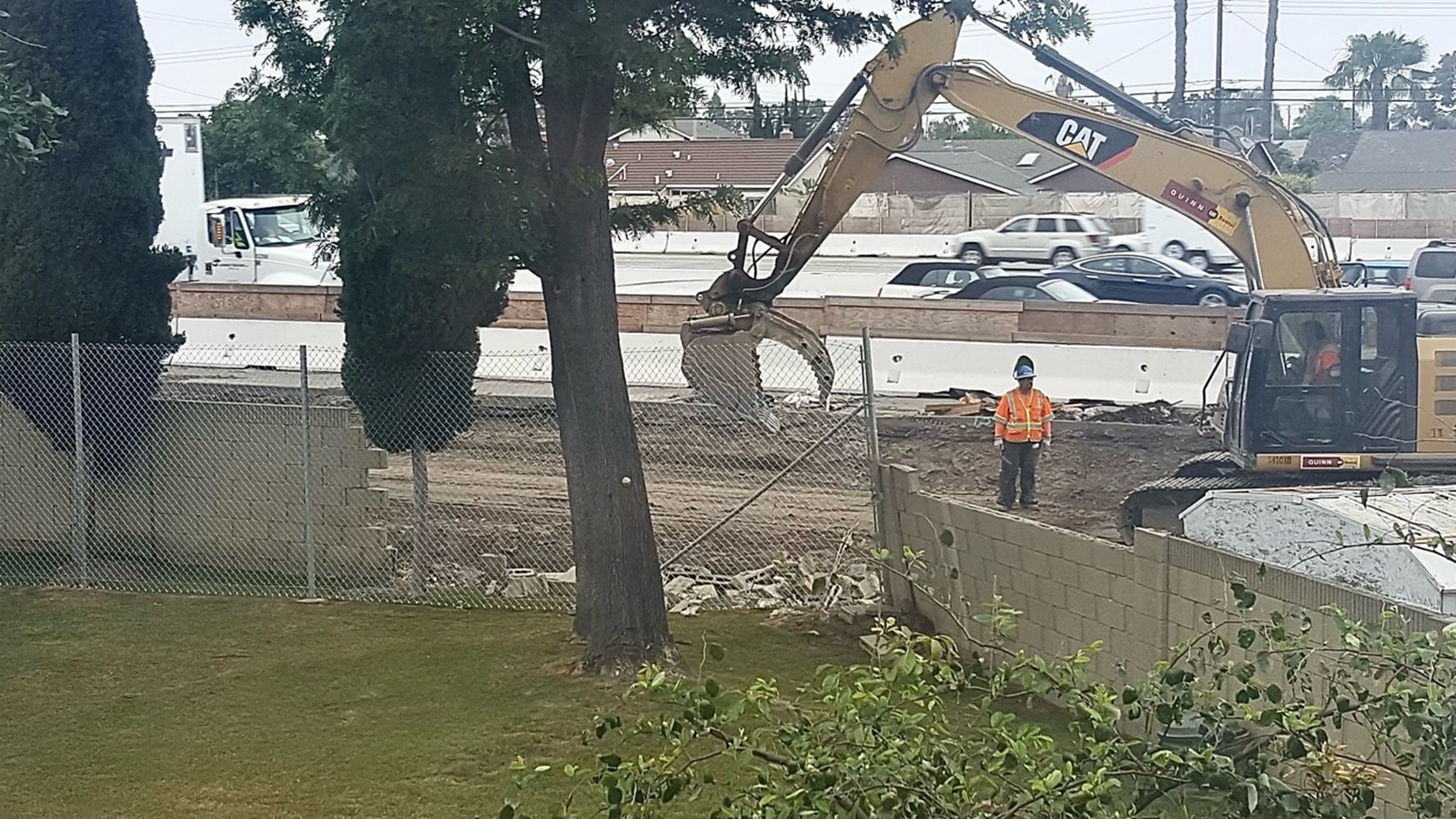
Wider highways don’t solve congestion. So why are we still knocking down homes to build them?
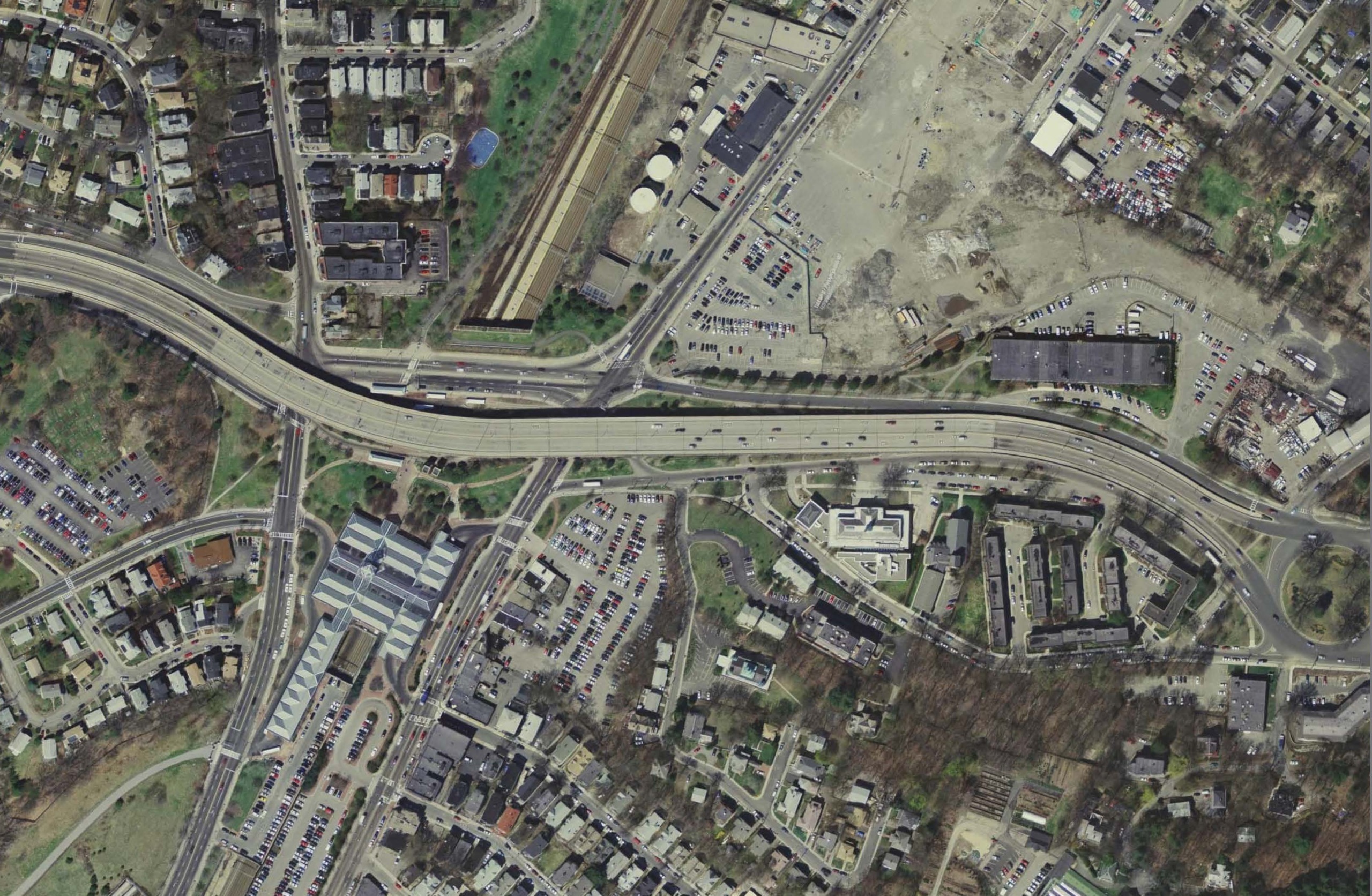
Four ways to look at a project (or policy, or almost anything)
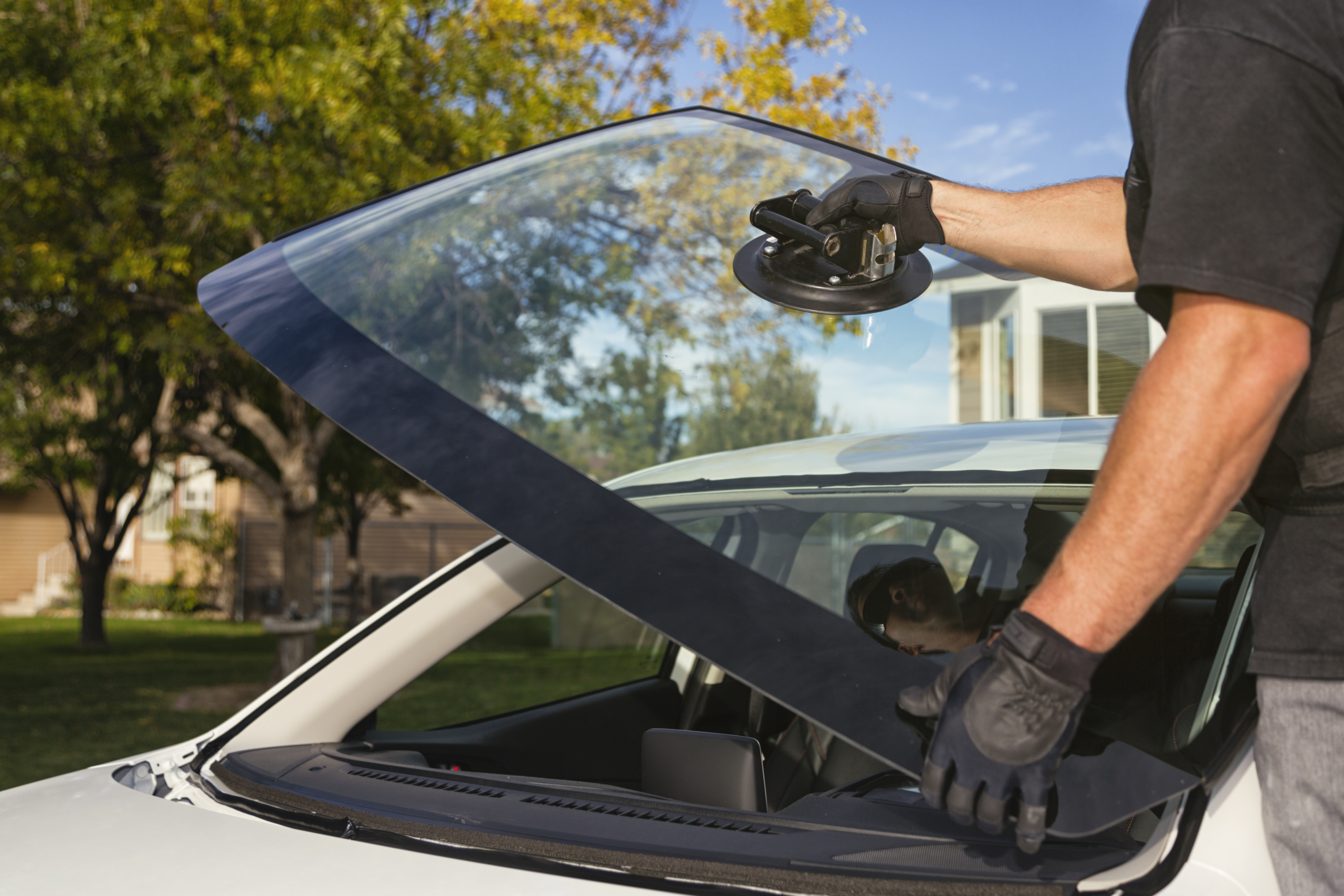
Cars are lasting longer than ever. Will that change with new technologies?
